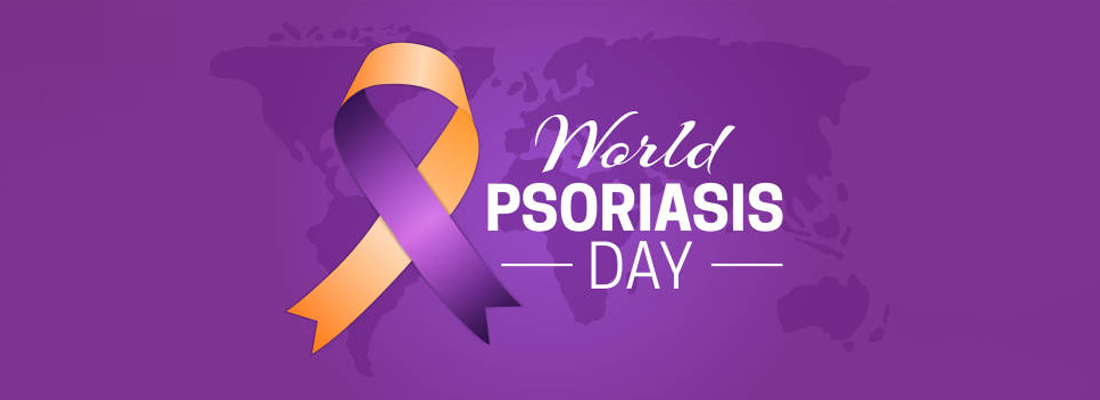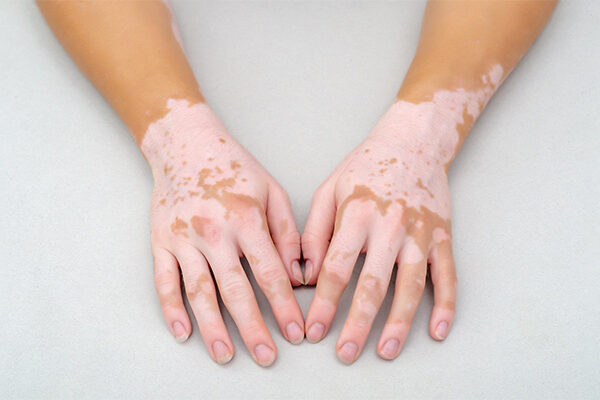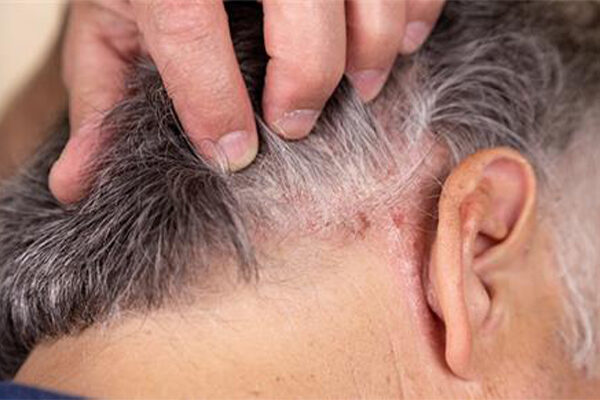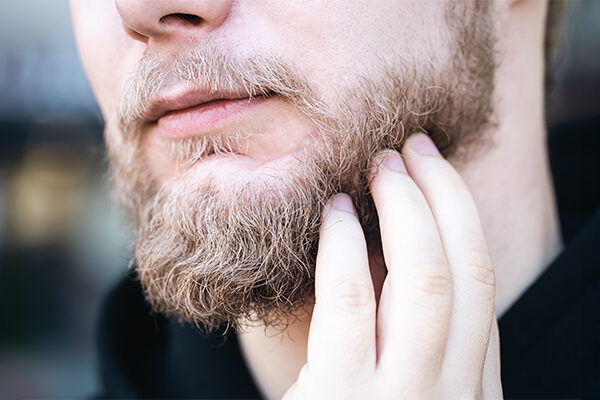
On World Psoriasis Day 2025, our goal should be more than publicity; it should be empowerment. We want to break myths, amplify the voices of those impacted, and steer conversations toward evidence-based care and compassion. This blog explores the triggers, the clinical features, and emerging treatments, including ongoing clinical trials that may herald breakthroughs for those battling frequent flares on the skin. You will find clear and authoritative tables listing causes, symptoms, and treatments tools to help patients, caregivers, and health professionals alike.
Also read:Psoriasis on Feet: Symptoms, Causes, Pictures, and Treatment
Breaking Myths and Raising Awareness
Many myths surround psoriasis; some claim it is infectious; others assume it arises solely from poor hygiene, and others dismiss it as a minor cosmetic issue. Let’s debunk a few:
- Myth: You can catch psoriasis from someone else.
Reality: Psoriasis is not contagious; it is an immune-mediated condition. - Myth: It only affects your skin.
Reality: Psoriasis can also affect joints (psoriatic arthritis) and is associated with comorbidities like cardiovascular disease and metabolic syndrome. - Myth: Stress or diet alone causes it.
Reality: Stress, infections, or certain medications may trigger flares, but they do not single-handedly cause psoriasis.
By raising awareness on World Psoriasis Day 2025, we help dismantle these misconceptions, foster understanding in workplaces, schools, and communities, and encourage patients to seek medical care without shame.
Prevalence
Psoriasis affects roughly 1–3% of the global population, equating to more than 125 million individuals worldwide. In many countries, prevalence varies by region and ethnicity some Nordic nations report rates up to 5%, while tropical regions may show rates closer to 0.5%. Around 20–30% of those with psoriasis will develop psoriatic arthritis. Across all age groups, flares often emerge in young adults between 15 and 35, but new cases can appear at any age. Despite these numbers, a substantial treatment gap remains, and many sufferers remain untreated or under-diagnosed due to lack of awareness, cost, or stigma.
Causes, Symptoms, and Treatments: A Clear Comparison
Here is a tabular overview to help readers quickly grasp the multifactorial causes, clinical signs, and treatment options for psoriasis (especially when dealing with flares on the skin):
| Category | Details / Examples | Notes (relating to flares) |
|---|---|---|
| Causes / Triggers | Genetic predisposition; immune dysregulation (Th1, Th17 pathways); infections (e.g., streptococcus); skin injury (Koebner phenomenon); stress; certain medications (β-blockers, lithium, NSAIDs); smoking and alcohol | These factors can precipitate flares on the skin in predisposed individuals |
| Symptoms / Clinical Features | Red or pink plaques with silvery scale; well-defined margins; itch or burning; nail changes (pitting, onycholysis); arthritic symptoms (joint stiffness, swelling) | During flares on the skin, plaque borders intensify, scale thickens, itch worsens |
| Treatment Options | Topical corticosteroids, vitamin D analogues, coal tar, phototherapy (UVB, PUVA), systemic agents (methotrexate, cyclosporine, biologics like anti-TNF, IL-17, IL-23), newer small molecule inhibitors (e.g., PDE4 inhibitors) | Treatments aim to suppress immune pathways and reduce recurrence of flares on the skin |
This table is not exhaustive but captures the major categories. The aim is to provide clarity about how flares on the skin relate to underlying triggers, observable signs, and intervention strategies.
Clinical Trials and Emerging Therapies
One of the most hopeful frontiers in psoriasis care is the realm of clinical trials, which tests novel agents and therapeutic approaches. Below are some ongoing or recently completed trials that hold promise:
- IL-36 receptor antagonists: Early Phase II trials are assessing agents that block IL-36 signaling, which may be particularly relevant in pustular psoriasis phenotypes prone to severe flares on the skin.
- TYK2 inhibitors: Selective inhibition of the TYK2 pathway may reduce systemic inflammation with fewer side effects. Some trials combine TYK2 inhibitors with biologics in patients with refractory disease.
- Microbiome modulation: Experimental trials are exploring whether altering gut or skin microbiota through probiotics, prebiotics, or fecal microbiota transplantation can reduce immune triggers and suppress flares.
- Gene therapy / RNA interference (RNAi): Investigational gene-silencing techniques targeting overactive cytokines (e.g., IL-17, IL-23) are under early development, aiming for precise suppression of inflammatory pathways with limited off-target effects.
- Personalized vaccine-like approaches: Early-stage research is looking at “tolerance induction” vaccines that retrain the immune system to tolerate self-antigens, reducing recurrence of flares.
These trials are often multicentered, double-blind, placebo-controlled, and include participants with moderate to severe disease not adequately managed by existing therapies. Findings from these studies might translate into next-generation treatments in the coming years.
Steps to Raise Awareness: What You Can Do on World Psoriasis Day 2025
- Share personal stories (with permission) about living with flares on the skin, normalizing discussion, and reducing shame.
- Host educational events or webinars in schools, community centers, or workplaces, focusing on facts versus fears.
- Partner with dermatology clinics or patient organizations to distribute pamphlets or hold free screening or counseling.
- Use social media campaigns under unified hashtags (e.g., #WorldPsoriasisDay) to provide accurate information.
- Encourage clinical trial participation by connecting patients to reputable trial registries (e.g., ClinicalTrials.gov) and research centers.
Even one well-shared blog, video, or conversation can ripple into understanding and empathy and inspire someone to seek help rather than suffer in silence.
Takeaway
World Psoriasis Day 2025 is an opportunity to clear away stigma, plant seeds of awareness, and light a path toward progress. Through myth-busting, sharing real stories, and spotlighting rigorous science especially around flares on the skin we can cultivate a world where people living with psoriasis feel seen, supported, and hopeful. Our “gardens” deserve care, not neglect, and informed action can turn storms into seasons of regrowth. Let’s commit to raising awareness, advocating for access to treatment, and celebrating resilience in every individual who endures the unpredictable challenge of flares on the skin.





